
What if the world’s most fascinating cities were lost to time? Modern explorers are turning that mystery into history, uncovering entire civilizations once thought gone forever. Here are five incredible cities that have been rediscovered against all odds.
Heracleion, Egypt: The Sunken City of Pharaohs
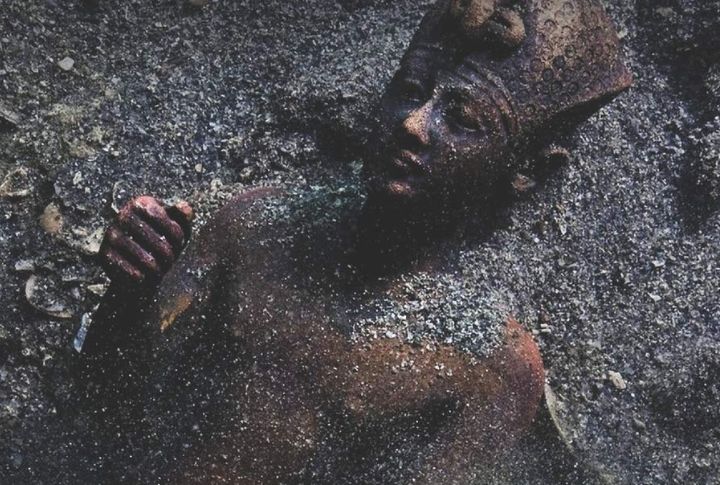
Rediscovered in 2000 off Egypt’s coast, Heracleion lay submerged under the Mediterranean Sea for over 1,200 years. This ancient city, once a major port, was uncovered by marine archaeologist Franck Goddio. Its statues, temples, and coins tell the story of a vibrant center of trade and culture that vanished due to earthquakes and rising tides.
Ciudad Perdida, Colombia: The Lost City of Tairona
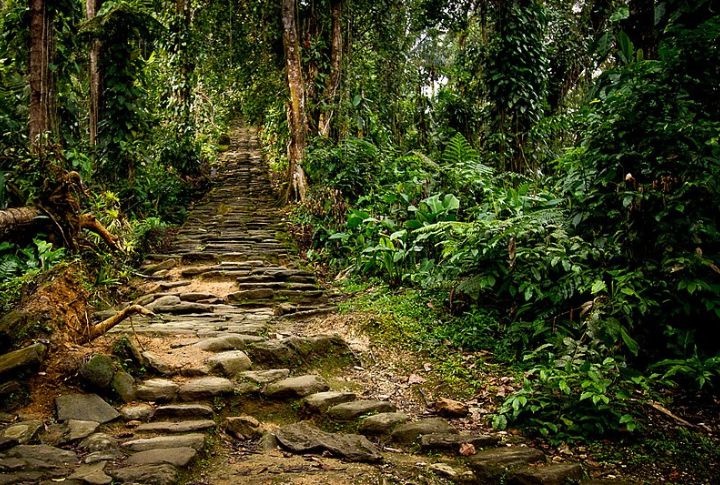
Deep in Colombia’s Sierra Nevada mountains lies Ciudad Perdida, a city lost for centuries. Rediscovered in 1972, this ancient Tairona city dates back to 800 AD, making it older than Machu Picchu. This hidden wonder showcases a sophisticated civilization with impressive signs of their advanced urban planning that once thrived in the dense jungles.
La Ciudad Blanca, Honduras: The White City of Legend
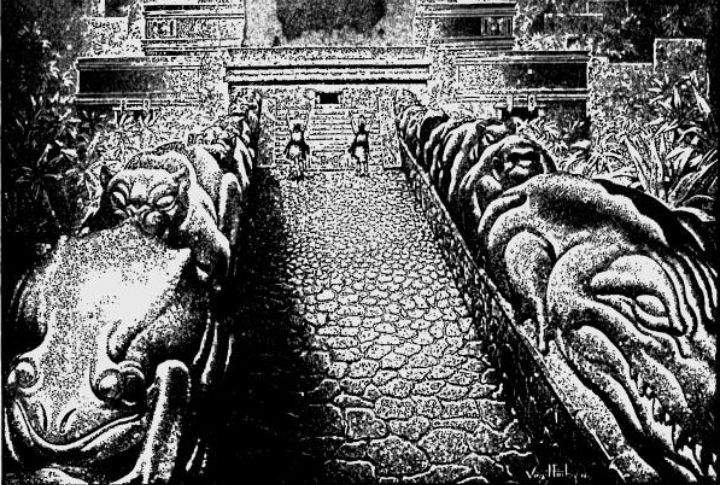
Once thought to be a myth, La Ciudad Blanca, or the “White City,” was found in Honduras in 2015. Using LiDAR technology, archaeologists located the ruins of this ancient city hidden under a dense jungle. Believed to belong to a mysterious pre-Columbian civilization, its pyramids, and artifacts suggest a complex culture that vanished centuries ago.
Qatna, Syria: A Royal City Unearthed

The ancient city of Qatna, located in modern-day Syria, was buried for millennia before being excavated in the late 1990s. The excavation revealed significant royal palaces, tombs, and other monumental structures, shedding light on the opulent lifestyle of Bronze Age royalty and their connections through their trade materials, luxury items, and inscriptions.
Mahendraparvata, Cambodia: A Hidden Angkorian City

Long before Angkor Wat, Mahendraparvata flourished in the jungles of Cambodia. In 2012, LiDAR scans revealed its vast scale, including temples and reservoirs. The city, dating to the 9th century, offers insight into the Khmer Empire’s early urban development, showing just how advanced their city-planning techniques were in an era long before Angkor’s rise.










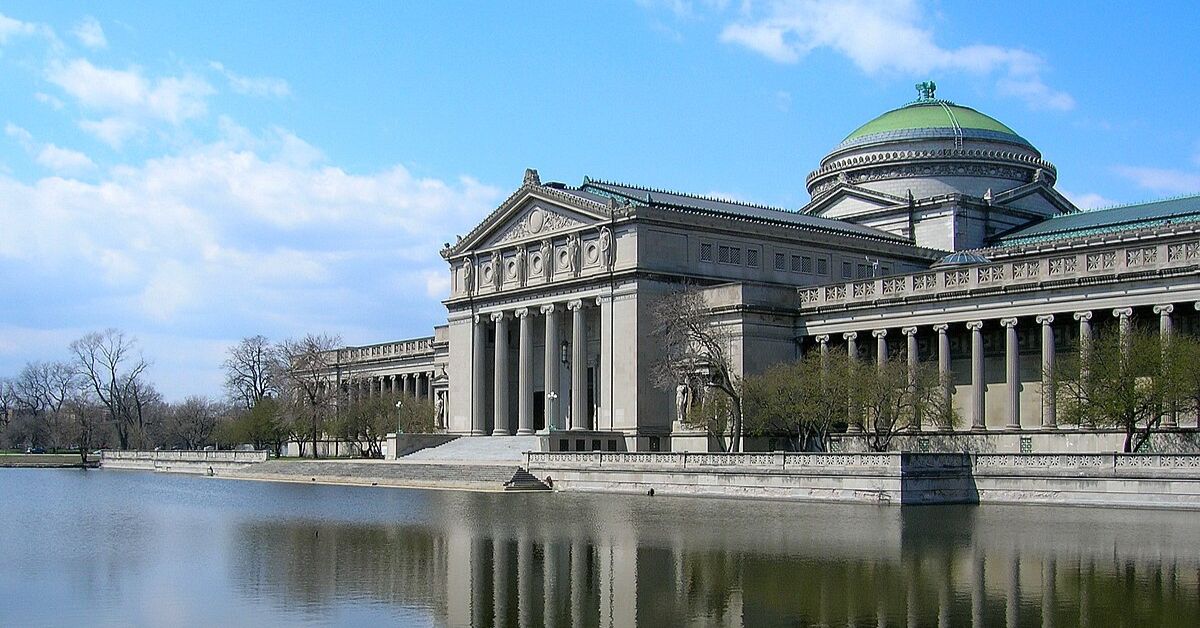


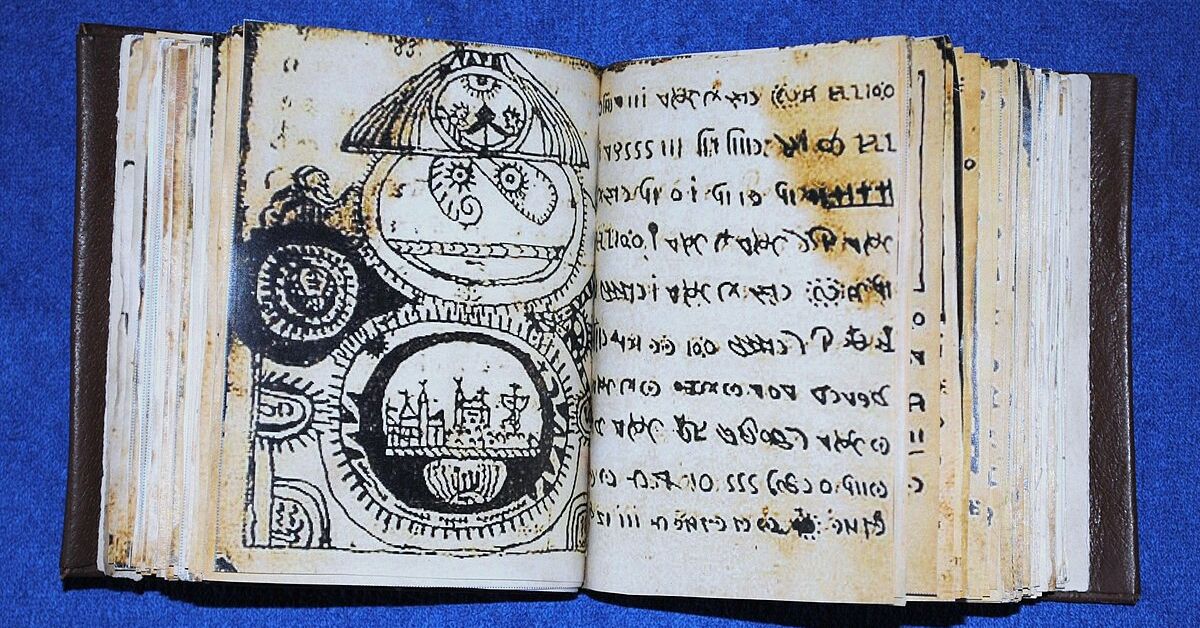
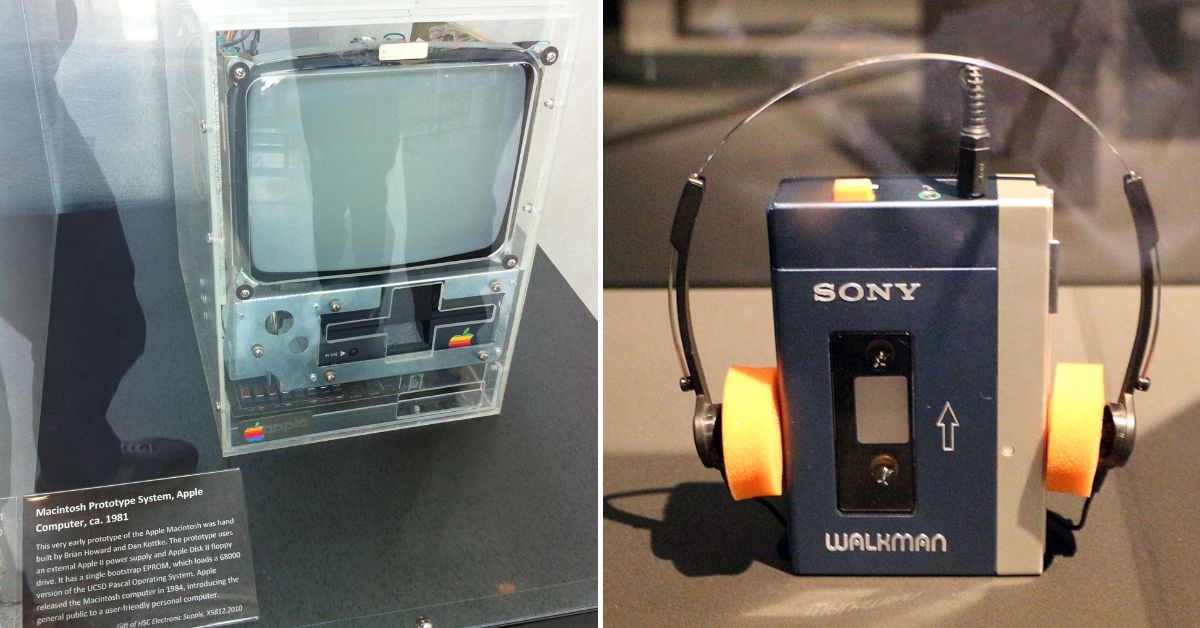

GIPHY App Key not set. Please check settings